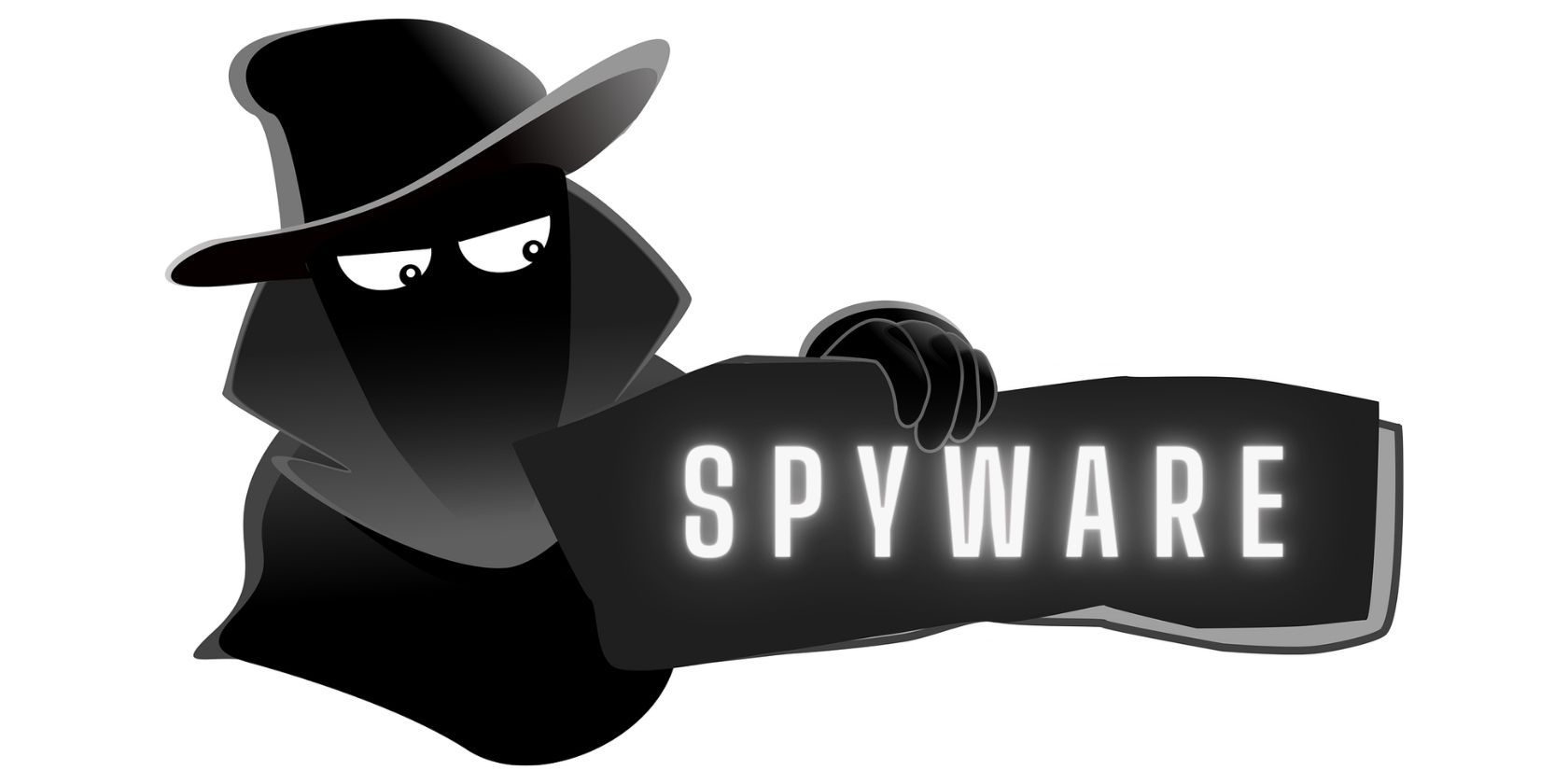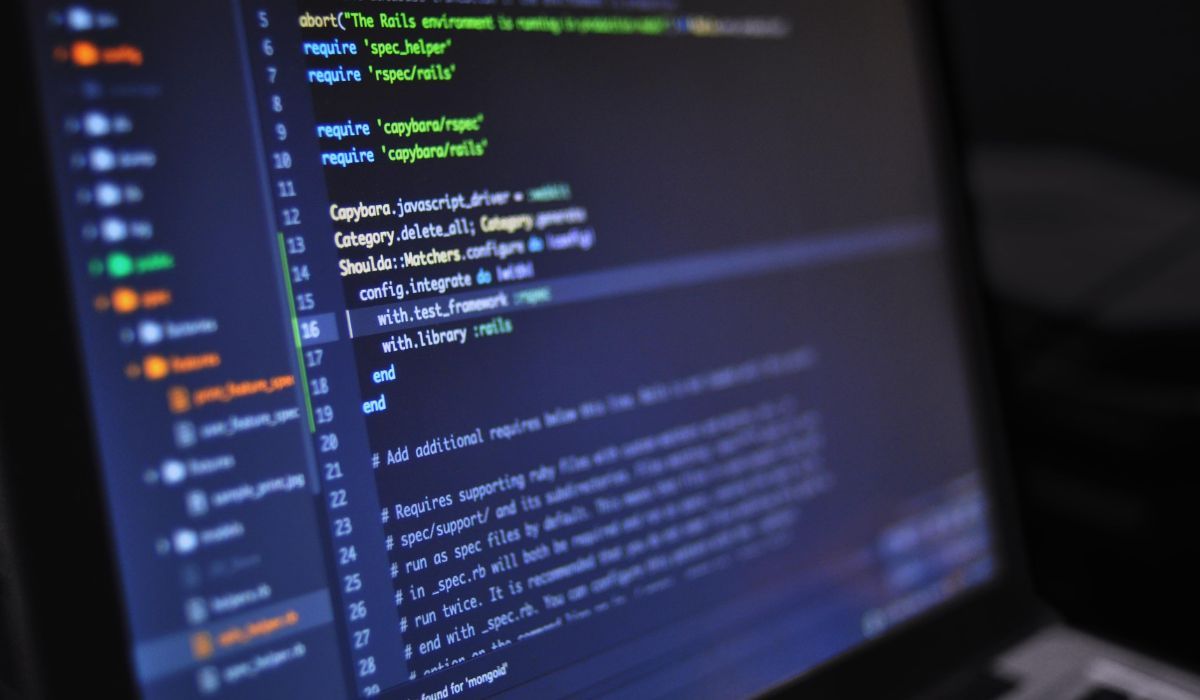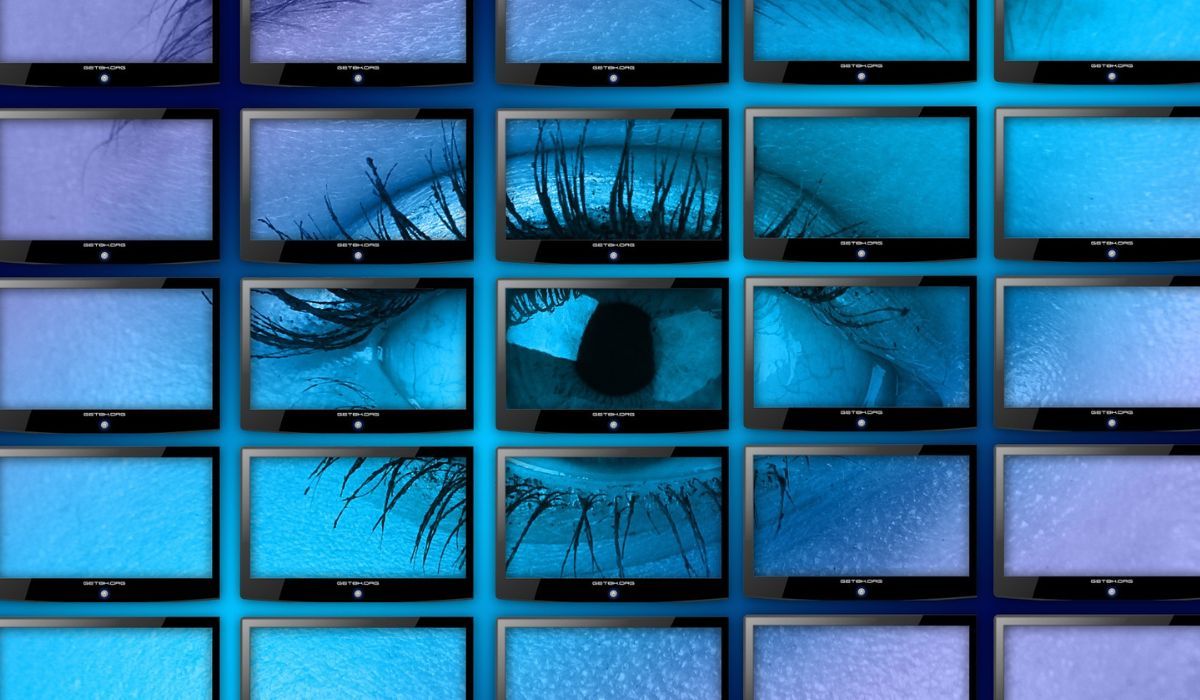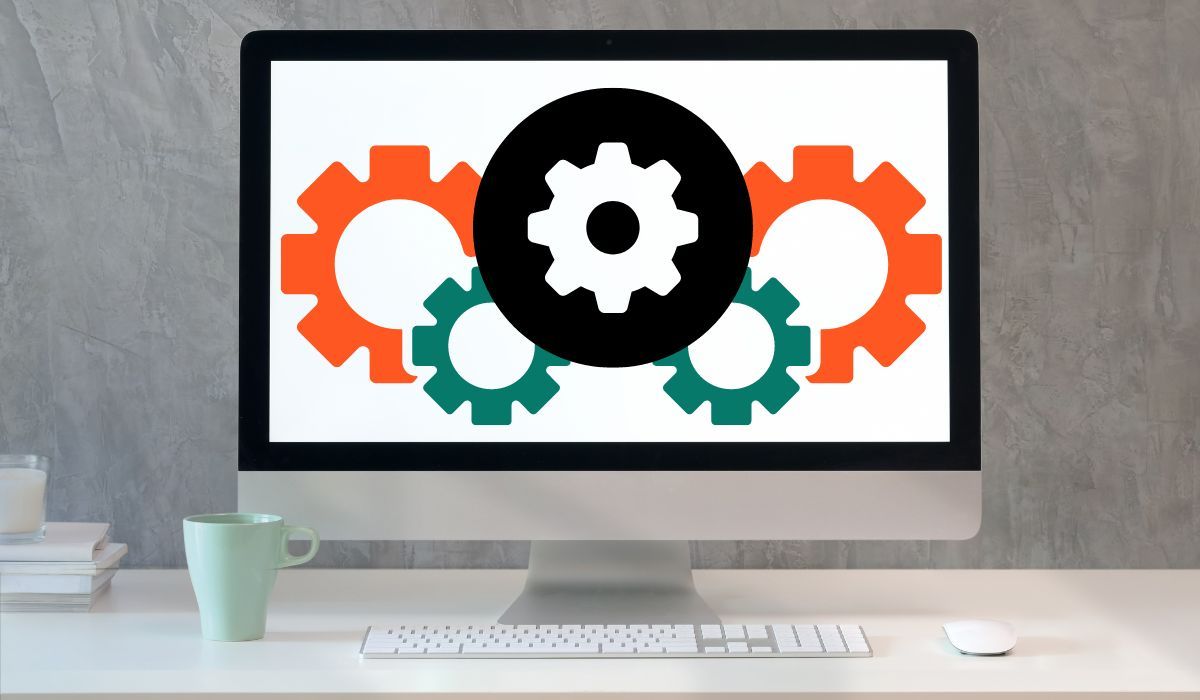Spyware (spying software) is broadly defined as any malicious program that gathers information without consent, and forwards it to a third party.
But spyware isn't always easy to detect, so knowing what to look for is key. Here are five types of spyware you need to know about in order to protect yourself.
1. System Monitors
Programs that track activity on a computer are called system monitors. In the context of cybersecurity, this term is used to describe a rather dangerous type of spyware.
System monitors run in the background and record sensitive information without the victim's knowledge or consent. They can take screenshots, document which websites are visited, monitor sent and received emails, and even record keystrokes—this is why keyloggers are considered a form of malicious system monitors.
Data system monitors record is usually transmitted to a remote server, and sometimes stored locally so that it can be retrieved at some point. For example, if you had a keylogger on your computer, the malicious program would keep track of your keystrokes, allowing the threat actor to gain access to your passwords, credit card numbers, and violate your privacy in a major way.
This type of spyware is notoriously difficult to detect, but you'll probably notice something is off with your device if it's infected. You might have a system monitor on your computer or smartphone if it is working slower than usual, if the keyboard is not working properly, or if you notice somebody accessed your online accounts.
2. Pornware
Pornware is an umbrella term used to describe malicious programs that are centered around explicit adult content. Most pornware displays unwanted materials on the victim's device to generate ad revenue for the perpetrator, which is disturbing enough, but some of these programs also act as spyware.
This type of pornware can collect data pertaining to the victim's browsing habits, as well as various kinds of private information. After gaining access to this information, the threat actor can abuse it in any number of ways, ranging from identity theft and financial fraud, to blackmail.
The best thing you can do to protect yourself against pornware is install a reliable anti-malware program. It's also highly recommended that you use a secure browser, such as Brave or Firefox—they offer a lot more privacy than Google Chrome and similar products, and will enhance tracking protection in general.
Other than that, make sure you keep all software up to date, steer clear of shady websites, never click on email attachments that came from unknown addresses, and double-check every suspicious link.
3. Stalkerware
Just like people are stalked in real life, they are stalked online. This is known as cyberstalking, which is defined as the use of the internet and similar modern technologies to track and harass an individual, or a group.
Software used for cyberstalking is called stalkerware. Most stalkerware isn't actually malware, at least not in the traditional sense of the word. Rather, these are commercial products that anyone can access and purchase online after a cursory Google search. Once installed on the victim's device, these programs run undetected in the background and track the victim's location, social media use, keystrokes, call logs, text messages, and so on.
Stalkerware has become such a prevalent threat that the European Union-backed Institute for Gender Equality released a special report in 2021 detailing the connection between stalkerware and domestic violence. And according to the National Cybersecurity Alliance, research shows a staggering 75 percent of domestic violence shelter residents in the United States were spied on by their abusers through stealth mobile apps.
If you suspect that you are being spied on through your smartphone or computer, the first thing you should do is look for signs of unwanted software on your device. If your phone's battery is draining faster than usual or your computer is running slowly all of a sudden, something might be wrong.
A good antivirus suite should help you get rid of the unwanted program, so you need to consider installing one. However, some stalkerware is difficult to remove, so arguably the best course of action in this scenario is to conduct a factory reset of your device (and remember to back up your data before doing that).
4. Employee Surveillance Software
When the coronavirus pandemic hit, it accelerated the global shift to remote working, which in turn increased the demand for employee monitoring software.
It's safe to assume these tools aren't going away, and there may be nothing inherently wrong with that, but there is a huge difference between managing workers, and surveilling them via invasive software.
What is this type of spyware capable of, exactly? Just like other forms of spyware, employee surveillance tools can log keystrokes, monitor conversations that take place in group messaging apps, take screenshots of employees' computers, capture emails, and act as real-time spy cams.
If you suspect your employer is using this kind of spyware to keep tabs on you but aren't in a position to quit your job, you can still mitigate damage and protect your privacy. The best way to do this is to keep your work and personal life separate, and only use your own devices for private communications.
5. Riskware
Not all malicious programs were created with the intent to cause damage. In fact, some perfectly legitimate programs can become a major threat in certain circumstances. These are known as riskware (a portmanteau of the words "risk" and "software").
By extension, this means that regular software with vulnerabilities can be weaponized to gather data without the user's consent, thus becoming spyware. Programs that are designed to gather information, like parental control apps, are particularly vulnerable to this type of abuse for obvious reasons.
A compromised parental control app gathering data about your child and sending it to a third party without your consent is a horrifying thought, but this is avoidable. To protect yourself against riskware, make sure you periodically check your device for any unwanted software, research before downloading an app, watch for unusual permission requests, and take appropriate action at the first sign of unusual activity.
Stay Informed to Protect Yourself From Spyware
Spyware is a tricky cyber threat to deal with because of how difficult it to detect. But difficult doesn't mean impossible. As long as you know what to look for, you should be able to protect yourself.
With that said, spyware is just a drop in the ocean when it comes to online tracking, so it's imperative that you familiarize yourself with other forms of digital surveillance.





